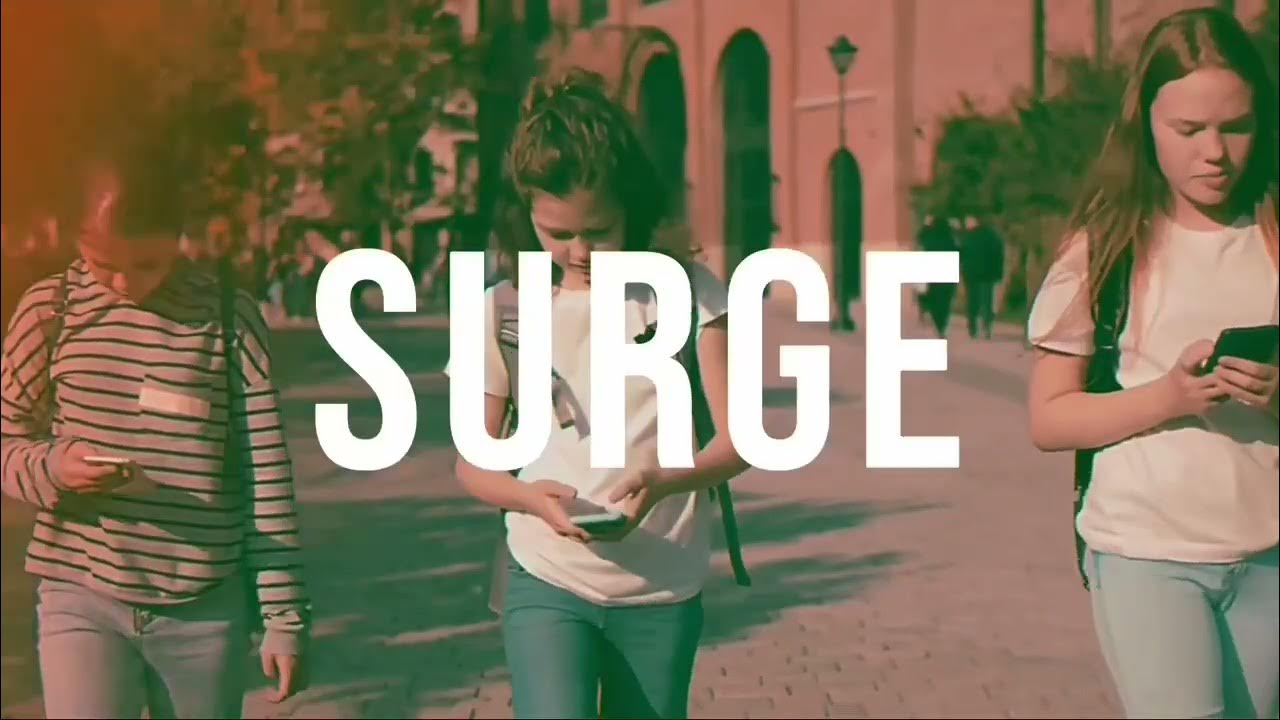New Media VS Traditional Media
Summary
TLDRThis video discusses the shift from traditional media, like newspapers and radio ads, to new digital media, highlighting the benefits of online advertising. It contrasts the limitations of traditional media—such as long lead times, limited geographical reach, and inflexibility—with the advantages of new media, which offers instant access, global reach, adaptability, and comprehensive tracking. The video emphasizes that just having a website isn't enough and encourages businesses to embrace SEO, social media, and other digital strategies to attract more customers, grow profits, and stay competitive in today's digital age.
Takeaways
- 📉 Traditional media like Yellow Pages, newspapers, and local TV/radio ads have seen significant declines in recent years.
- 💻 New media offers on-demand access to content across digital devices such as computers, laptops, and smartphones.
- 🌐 New media allows for broader reach, offering both global and local targeting, unlike traditional media limited to geographical regions.
- ⏳ New media has no lead time—businesses can launch ad campaigns almost instantly, unlike traditional media, which requires long planning times.
- 📈 Online presence in new media accumulates over time, increasing visibility and making businesses easier to find, unlike the temporary nature of traditional ads.
- ⚡ New media provides greater flexibility to make real-time changes to ads, offers, and content, whereas traditional media lacks this flexibility.
- 📝 Traditional media often requires long-term contracts and has numerous restrictions, while new media offers more freedom and fewer limitations.
- 📲 New media offers convenience and instant gratification—people can easily find information through search engines and mobile devices.
- 🔍 New media enables detailed tracking of marketing performance and return on investment, which is difficult with traditional media.
- 👥 The majority of today's consumers search online for local businesses, making it essential for companies to adopt new media strategies to remain competitive.
Q & A
What is considered traditional media in the context of the script?
-Traditional media includes forms of advertising such as penny savers, coupon packs, yellow pages, local television advertising, classified ads, and local radio.
Why is traditional media described as 'dead' in the script?
-Traditional media is described as 'dead' because it has shown serious declines over the past few years, with the emergence of new media forms that offer more interactive and flexible options.
What are the key features of new media mentioned in the script?
-New media is characterized by on-demand access to content, availability anytime and anywhere on digital devices, and the ability to foster interactive user feedback and online communities.
How does the script compare lead time between traditional and new media?
-Traditional media, like the Yellow Pages, has a long lead time as it prints only once a year, whereas new media allows for almost instant start of advertising campaigns.
What is the difference in reach between traditional and new media as per the script?
-Traditional media like penny savers or classified ads are limited to direct geographical areas, while new media offers worldwide reach and can also be targeted locally.
How does longevity in advertising differ between traditional and new media?
-Traditional media ads last only as long as the payment continues, while new media allows for efforts to accumulate over time, strengthening online presence and visibility.
What is the level of flexibility with traditional media compared to new media?
-Traditional media offers very little flexibility for changes once the ad is printed, whereas new media allows for almost instant changes to offers, text, or other elements.
How do commitments and contracts work with traditional media versus new media?
-Traditional media often requires long-term contracts with yearly payments, while new media offers freedom to choose contracts or implement different marketing strategies on a daily basis.
What are the restrictions associated with traditional media that are not present in new media?
-Traditional media has restrictions on ad size, text length, and image limitations, whereas new media has no such restrictions, allowing businesses to share as much information as they want.
How does the script describe the convenience of new media over traditional media?
-The script describes new media as more convenient and instant, as people can find information through digital channels without having to search through physical directories.
Why is tracking important in advertising, and how does new media facilitate this?
-Tracking is important to measure the return on investment in advertising. New media allows for detailed tracking of leads and conversions, helping businesses understand what works and plan their marketing strategies accordingly.
What steps does the company described in the script take to enhance a business's online presence?
-The company starts with site analysis, conducts keyword analysis, sets goals, and then implements a campaign involving content creation and link building. They also provide monthly reporting and create an action plan based on the results.
Outlines

This section is available to paid users only. Please upgrade to access this part.
Upgrade NowMindmap

This section is available to paid users only. Please upgrade to access this part.
Upgrade NowKeywords

This section is available to paid users only. Please upgrade to access this part.
Upgrade NowHighlights

This section is available to paid users only. Please upgrade to access this part.
Upgrade NowTranscripts

This section is available to paid users only. Please upgrade to access this part.
Upgrade Now5.0 / 5 (0 votes)





